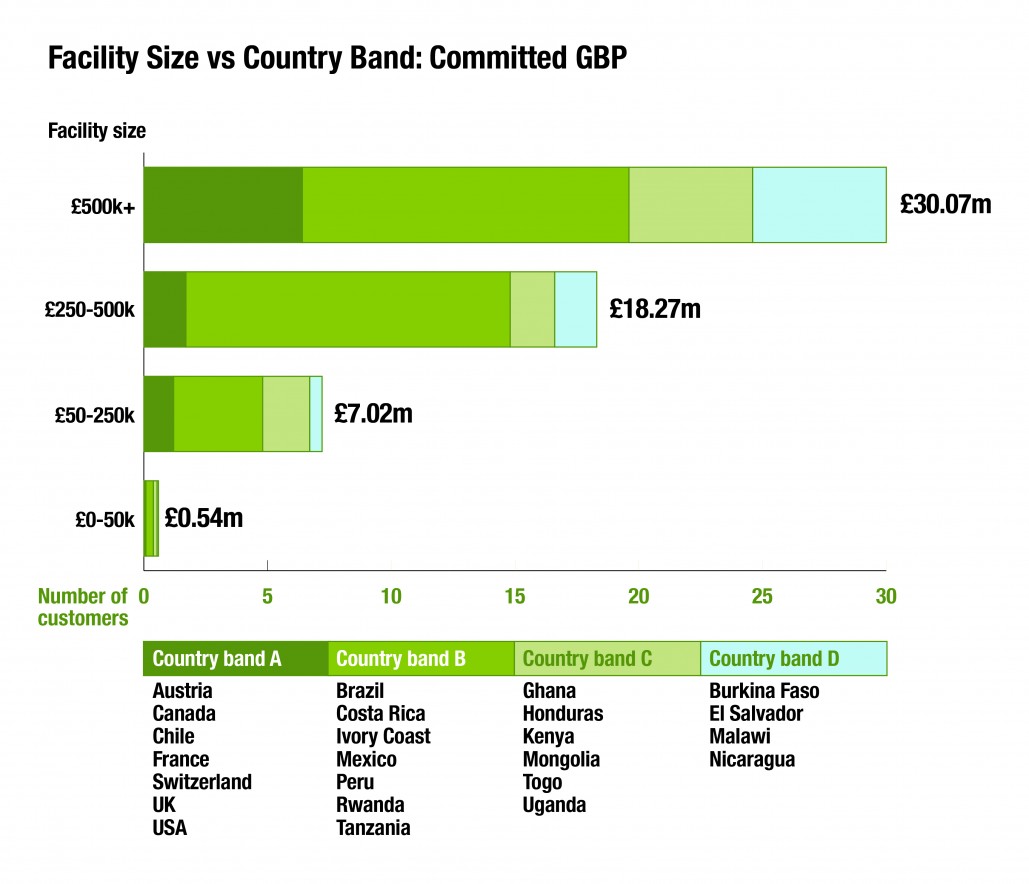Due diligence and management of our risk portfolio
We are dedicated to providing financial support to businesses in vulnerable regions, particularly those grappling with the impacts of climate change and volatile commodity prices. Our core objective is to extend financial services to these enterprises while employing rigorous risk management strategies to protect our members' capital. To meet this objective, we have established a robust due diligence framework, which has proven increasingly critical amid the disruptions in global supply chains and other operational challenges that have surfaced in recent years.
Due diligence framework
Our due diligence framework is designed to assess the operational viability, financial health, and long-term sustainability of the businesses we support. The cornerstone of this process is the physical on-site visit, which allows us to conduct a comprehensive evaluation of a business’s assets, management practices, and local market conditions. Through these visits, we can collect qualitative and quantitative data that are vital to our risk assessment and decision-making processes.
We do however recognise that logistical challenges—such as political instability, geographical remoteness, or travel restrictions—can make physical visits impractical. In such cases, we accept virtual due diligence reports and hold virtual recorded meetings. These reports must meet stringent accuracy and comprehensiveness requirements, ensuring that the integrity of our assessment is maintained even when on-site evaluations are not feasible.
Once conditions allow, these virtual assessments are supplemented with a physical visit and information from other social lenders to verify the findings and enhance the depth of our evaluation. This hybrid approach enables us to maintain a high level of rigor in our due diligence, regardless of external constraints.
Lending policies and risk mitigation
Our lending activities are governed by a set of credit policies that play a fundamental role in risk mitigation. These policies are based on prudential lending limits, which have been approved by the Board of Directors. The limits are carefully designed to manage our exposure to different sectors, commodities, and geographies by capping the proportion of Share Capital that can be allocated to loans in each category.
The limits are further stratified based on commodity-specific and country-specific risks, ensuring a diversified portfolio that minimises overexposure to any single risk factor.
Country Risk Assessments
To manage country-specific risks in our lending portfolio, we have established a detailed risk assessment system from Coface, an independent credit insurer. This system classifies countries into distinct risk bands, ranging from A (lowest risk) to D (highest risk), based on economic, political, and financial stability indicators. Each country risk band is accompanied by prudential lending limits, designed to restrict our exposure to higher-risk regions while allowing greater flexibility in more stable markets. (See Appendix 8)
This classification system provides us with actionable insights and data that inform our country-specific risk management strategies. Our portfolio concentrates lending in lower-risk A and B categories, with restricted exposure to C and D markets, ensuring balanced risk distribution while maintaining support for developing regions as shown in the graph below.

Click here to read the full Social Accounts document.
Back to menu
